
A medical device can be any instrument, apparatus, machine, implant, in vitro reagent, or other similar article, that is intended for use in the diagnosis, prevention and treatment of disease or other medical conditions. These include simple devices like scalpels, larger devices like wheelchairs, implantable devices like cardiac pacemakers and prosthetic joints, and life-supporting devices like respirators.
Because of how varied medical devices are and how vital they are to the lives of people who rely on them, it is doubly important that you choose the right dimensional inspection lab for your medical device components.
Choose a lab with a Quality Management System (QMS)
Look for a dimensional inspection lab that is ISO 13485 certified. Medical device industry regulators in most countries require a Quality Management System. ISO 13485 ensures that the lab you ultimately choose to handle your medical device is consistently providing safe and effective service while fulfilling customer and regulatory requirements. ISO 13485 is based on the tried and true method of Plan-Do-Check-Act cycle, a four-step quality management method that ushers in the continual improvement of processes and products.
Benefits of using an ISO 13485 certified lab:
- In compliance with legal requirements
- Have built-in QMS practices that produce safe and effective results for medical devices
- Can manage risk effectively
- Can find ways to improve processes (as necessary)
- Provide you with a competitive advantage due to meeting many global regulatory requirements
Look for a lab that fits your needs with the equipment to support it
Every service request begins with a consultation. When choosing a dimensional inspection lab to measure elements of your medical device, consider a lab with deep experience and a wide breadth of equipment to aid you. Medical devices come in many shapes and sizes and the methods of measurement vary just as much. For example, 3D scanning has evolved over the years to become among the most appropriate ways to measure medical devices.
Choose a lab with specific services that cater to medical device manufacturers or their suppliers
Nano-Measurement Capable – Medical devices are often a prime candidate for nano measurement due to the need to measure flatness, wear, texture, sharpness, and other characteristics that can affect the functionality of the device but would not otherwise be revealed in a dataset from conventional metrology measurement.
First Article Inspection – It is important to have confidence in the process by which you verify the accuracy of your medical device and manufacturing process. In-depth evaluation of the first piece of your production run, also known as First Article Inspection, remains the best way of being sure your production processes are sound.
Non-Contact Inspection – It is often the case in the medical industry that medical devices, or aspects of them, are too small or too soft to use contact inspection techniques. Choose a dimensional inspection lab with the capability of performing non-contact video and optical inspection methods as this is the best way to measure device components in such cases. Such techniques make use of conventional optical video probes, laser probing, 3D white-light scanning, fully programmable robotic multi-sensor measurement systems, and more.
As an ISO 13485 certified, ISO 9001 registered, and ISO 17025 accredited laboratory, Q-PLUS Labs is committed to making sure your medical device components meet your expectations. Our fully equipped dimensional metrology lab and our staff of highly experienced veterans can help our customers maintain their product’s integrity. Q-PLUS Labs, as a company, has over 31 years of experience in the field and you can be sure that we are deeply knowledgeable about our customer’s needs when it comes to maintaining and delivering quality.
Schedule a Needs Assessment today to see how we can be of service to you.

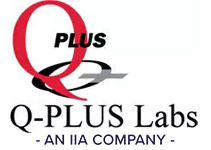


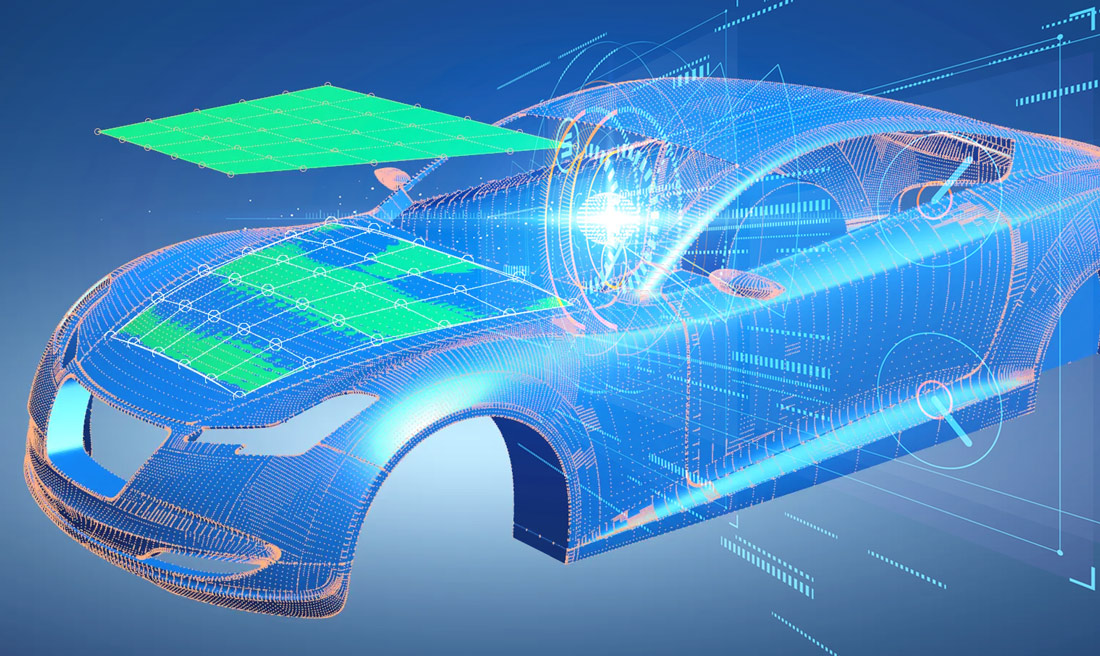
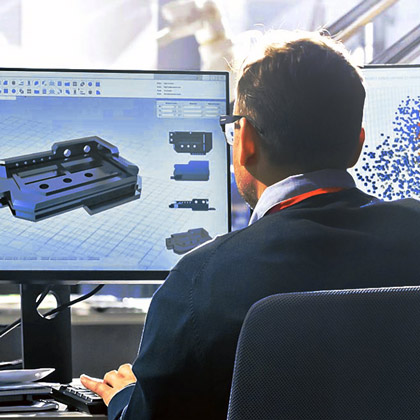
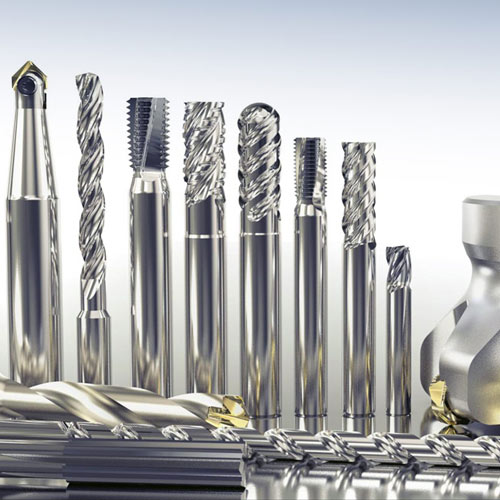
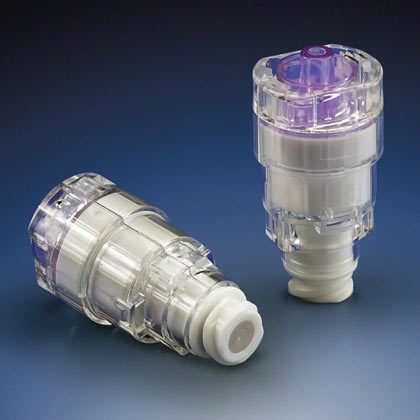
Leave A Comment
You must be logged in to post a comment.